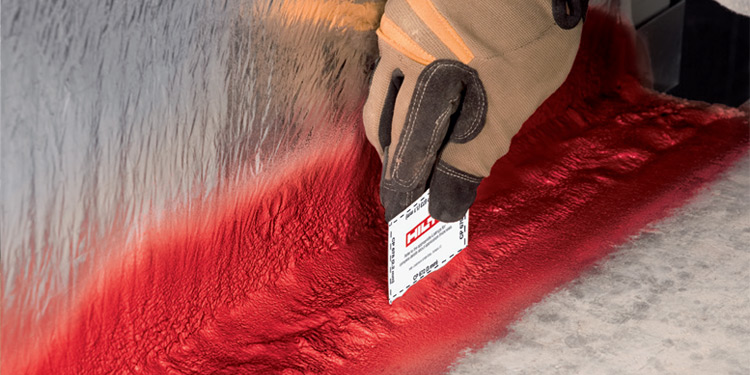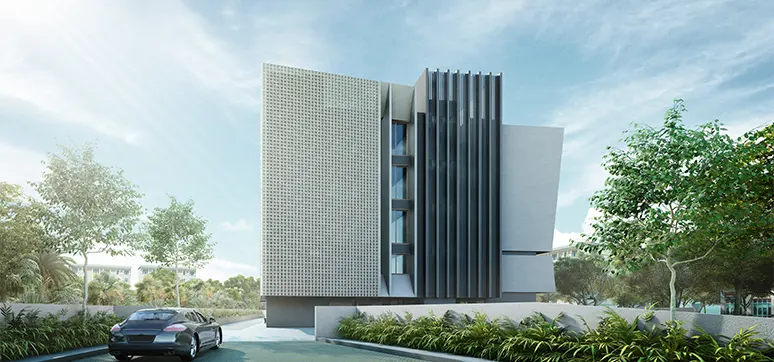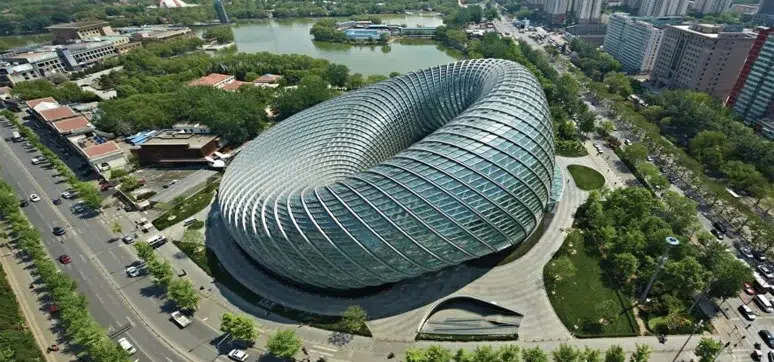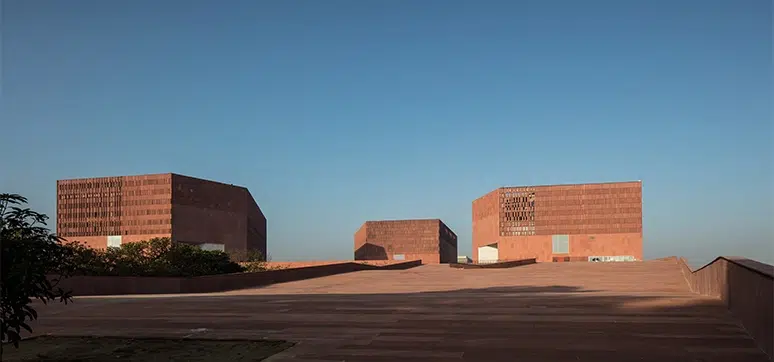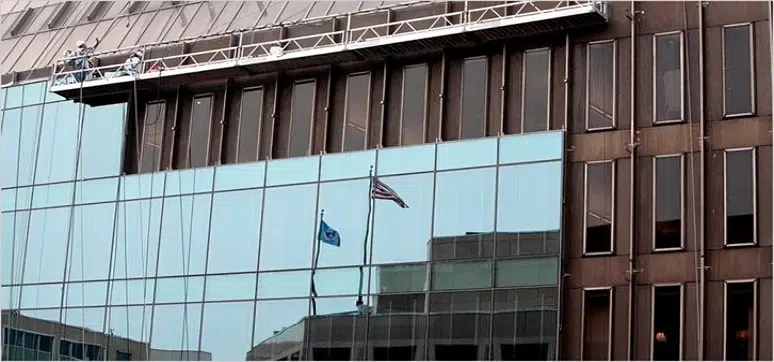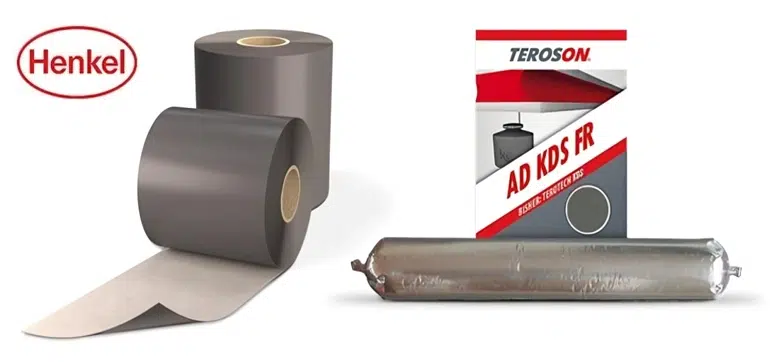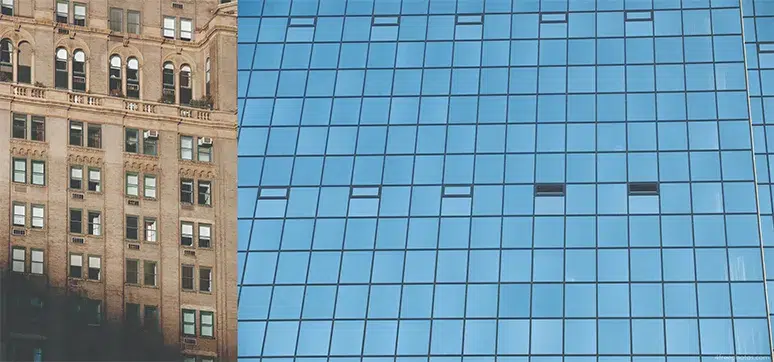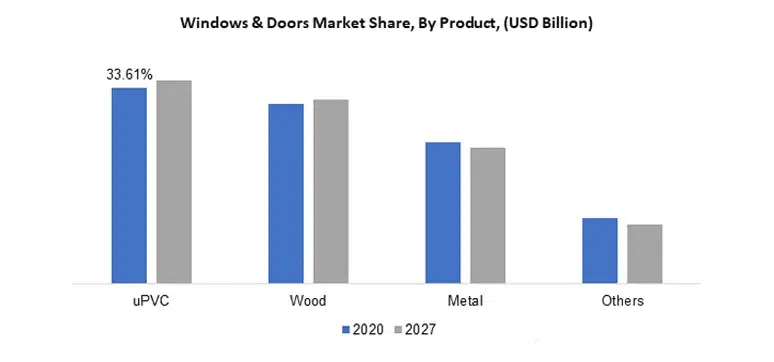Perimeter Fire Barrier Containment
By:
Fire, what do you think about it? If I ask you to close your eyes right now for few seconds and think about FIRE……………. What comes to your mind? I am sure most of the time it is smoke, heat, people running, panic, fire brigade, etc. But why all these bad thoughts comes to our mind. Have we ever thought that fire is a blessing that has happened to mankind since it is discovered and we can’t live without it? It’s been 800,000 years, we’re the only beings on the planet who light fires, who cook our food over fire, who use fire to light our way. Why we all think negative about this powerful, mysterious force? The reason: Fire is a very good slave but a very bad master, when it is out of control it becomes a monster and that’s how we remember it. Fire protection is a vaccination that can help us in fighting during times when fire try to disease us.
Let’s again test our guesstimate. In case you don’t know and try to guess on how many fires and fire related deaths Delhi face annually, then some of you will be shocked to know that according to the Delhi Fire Services website data of 2012-2015, they have responded to over 22,000 calls and there were over 300 deaths at an average annually. I am sure it shook us all when we read, watched, and some of us even witnessed fire in Kolkata market in February 2013, Carlton towers in Bangalore in February 2010, and in Victoria Park, Meerut in April 2006. In January 2005, 257 people were killed in a stampede when fire broke out at a religious festival in Maharashtra. In 2004, 92 children burnt to death in a fire at a TN school. In 2001, 26 people died in a fire at a mental asylum in Tamil Nadu. With our past telling those unforgettable stories of Uphaar Cinema, Siddartha Hotel, Vigyan Bhawan, etc…. list being countless, a question that always comes to my mind is, could this have been prevented?
If we believe in fate, then the answer is NO as everything is planned and bound to happen; but who knows what’s planned for future? So YES we can prevent many more of these tragedies to happen. Most of investigations in these fires quoted that many things went wrong. The fire started due to short circuit in electrical shaft and went very fast from floor to floor from the shafts. The fire alarm didn’t work. The sprinklers didn’t work because there was no water. The fire exits were locked. People were not trained in basic lifesaving skills.
On the contrary, technology is gaining its new height. Multi-functional and great fire protection systems are being invented. Our fire services authorities are more than aware and are working hard to prevent these incidents. And yes, these have also helped in reducing the frequency of such incidents. But we should understand that manual errors like these are still bound to happen and we can prevent these if we go ahead with technology, and at same time do not leave the hands of basics of fire protection like ‘compartmentation’, which can be achieved by passive fire protection.
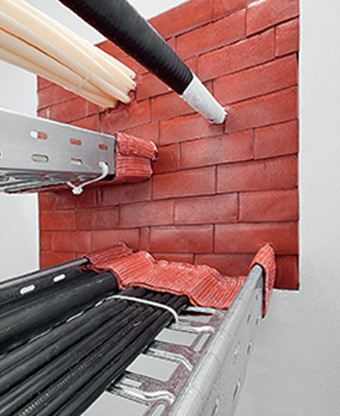
The risk of a fire depends on a building’s use, location, size, occupants, design and construction. A vital factor in reducing this risk is to provide physical barriers to the spread of fire within the building by dividing it into a series of compartments bounded by fire resisting walls and floors. The division of the building into discrete fire zones offers perhaps the most effective means of limiting fire damage. Designed to contain the fire to within the zone of origin, this approach provides at great protection for the rest of the building and its occupants even if fist aid firefighting measures are used and fail. It also delays the spread of fire prior to the arrival of the fire brigade. The protection of the structural frame, the enclosure and protection of vertical and horizontal openings, effective fire-stopping at junctions, and protection of service penetrations are all important considerations. In simple terms, it is “Life Safety” against fire by safeguarding against the spread of fire, minimizing the dangers and effects of fire.
This would also provide adequate time for the fire fighters to enter the fire area, work and get out safely. The objective of passive fire protection system is to retard the spread of fire from a compartment to another, thereby providing ample time for evacuation and fire fighters to access the fire area. Towards achieving this objective, passive fire protection systems form the part of the construction of building elements, and do not require any power, water supply, maintenance, or any activation device to perform in fire situation. However, the materials by itself will not serve the purpose of preventing the fire spread. The philosophy of containment is embodied in a series of tests, that of Fire Resistance, as measured in accordance with the appropriate national or international standards. Fire resistance
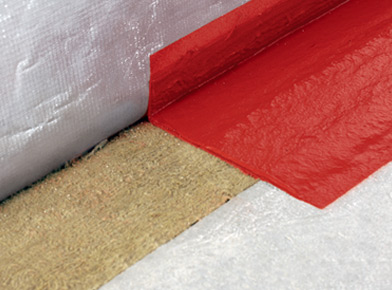
The gap between floors sealed using fie rated system.
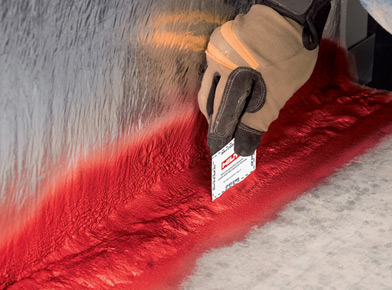
Perimeter Fire Containment Systems
is a concept applicable to elements of the building structure. It should include all the required fixtures like angles, channels, sealants etc. For this, the system has to be subjected to fire in a big size oven wherein temperatures are simulated as it would happen in real fire.
Problem
Firestop is one of the most important arm of passive fire protection, We should all be aware that, in such building “compartments”, the most likely threat from fire will occur where services penetrate the wall or floor, or where concealed cavities like curtain wall joint in facades are created. Modern constructions demanding the aesthetics not only in the interiors but also exteriors is a common norm in today’s construction industry. With the rise in the high rise construction and the modern building products, the rise in the fire dangers have also been realized. To prevent the spread of fire and smoke from a floor to another floor is one of the key aspects. One of the easiest way of fire and smoke spread from floor to floor is the opening generally left out unattended between the exterior glazing and the concrete slabs, spandrel wall. This gap over the years has been filed up using POP, normal plaster, mineral wool and a steel plate etc. which unfortunately does not prevent the spread of fire & smoke.
Though the effects of smoke & fire are well known, it is a fact that more than 90 percent of incidents, it is the smoke that kills. In most cases, fire fatalities result from victims who have succumbed to smoke inhalation long before burn injuries occur. Fire produces many gases that are highly poisonous. These are found in smoke and include carbon monoxide, sulphur dioxide, hydrogen cyanide and hydrogen sulphide. They displace oxygen in the room, which can cause suffocation. Fire also consumes oxygen. This reduces the amount of oxygen available for persons to breathe. When a person is exposed to the toxins of smoke, muscle control is lost, judgement is impaired and the ability to reason diminishes. At a time when a fire emergency is present, it is important to be able to make quick decisions. Yet, the toxic gases, superheated air, smoke and limited visibility may cause someone to act in an inappropriate or irrational manner.
Solution
A gap between the glazing element and the concrete slab as shown in the figure, which can be an easy mode of fire & smoke spread should be sealed using fire rated systems. These systems prevent the spread of flame and hot gasses from a lower floor to the interior space of the upper floor for a measured duration of time.
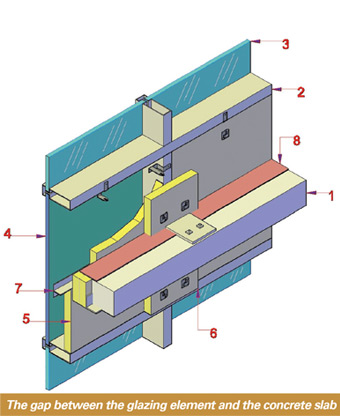
- Fire resistance rated floor assembly
- Tube mullion framing system
- Vision glass
- Spandrel panel, glass, aluminum or stone
- Mineral wool insulation mechanically attached to framing
- Mullion covers mechanically attached to framing
- Stiffener behind safing joint mechanically attached to prevent
the spandrel insulation from bowing and creating a breach at
the perimeter void. - Forming material is typically mineral wool. Consideration should be given to thickness, density, fiber orientation, required material compression and mechanical attachment, and listed fill, void or cavity materials, with specified thickness, will vary based on manufacturer listings.
The systematic fie stopping of the gap between a floor slab and a curtain wall has only been done in a rigorous fashion for less than
5 years or so. Since the practice of installing TESTED and LISTED is so recent, there are still many misunderstandings and misconceptions which result in wrong decisions being made. Consideration to the type of building elements has to be given to both the floor/roof assembly and type of exterior wall in selecting the correct Perimeter Fire Barrier System. If the exterior wall and floor are fie resistance rated, a system tested in accordance with UL2079 could be used. As most exterior curtain wall systems are not fie resistance rated, systems tested using ASTM E 2307, Fire tests for Perimeter Fire Containment Systems, using the Intermediate-Scale, Multistory Test Apparatus is the correct test standard for these conditions.
There are two options for movement of the perimeter fire barrier systems, either static or dynamic. The dynamic test method includes movement capabilities, similar to those of other expansion and control joint systems. Class I has 500 minimum cycles, 1 cycle per minute, while II has 500 minimum cycles, 10 cycles per minute, and III 100 minimum cycles, 30 cycles per minute. The movement capabilities simulate movement from thermal, structural, seismic and wind loading of the assembly. Static systems do not allow for movement. Curtain walls do move. They flex under wind loads, and in seismically active areas will need to be designed to accommodate some movement. So one must choose a tested system which has a dynamic movement.
SUMMARY
The perimeter fire barrier containment is an important part of effective fire resistance rated and smoke resistant compartmentation. This has been developed for fire and life safety protection at the important curtain wall gap. The tested systems provide a classified design that has actually been tested and listed for use as a perimeter fie barrier system. Because of the numerous variables involved in the perimeter fire containment system, some of which involve the curtain wall as a whole, it will be rare to have an installation that matches all of the details of a tested and listed perimeter fire containment system. As such, almost all installed systems will be based on an Engineering Judgment (EJ). Such judgments should be issued by qualified technical staff working for the firestop manufacturer or by the listing agency itself.
This addresses a very large gap area in a building where fie can extend and spread vertically very rapidly. Accidents will never take an appointment, they will just come as a surprise and will test how much ready we are to face them. Instead of getting scared we should get prepared and start doing little things that can make a difference.
Top Stories
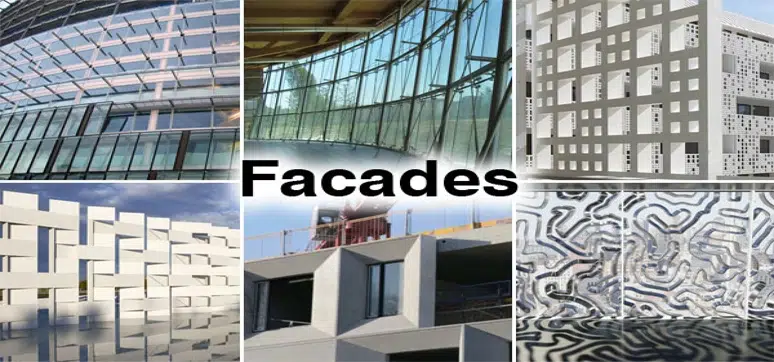
Façade Systems Market Size is Estimated to Reach USD 398.8 Billion by 2029
By: Abdul | April 16, 2024

Improving Sustainability Alongside Fire Safety – Can We Deliver?
By: Abdul | April 16, 2024

Foster + Partners Wins the Competition the New Xicen Science & Technology Centre
By: Abdul | April 9, 2024

A Symbol of Architectural Brilliance & Cultural Significance
By: Abdul | April 8, 2024

